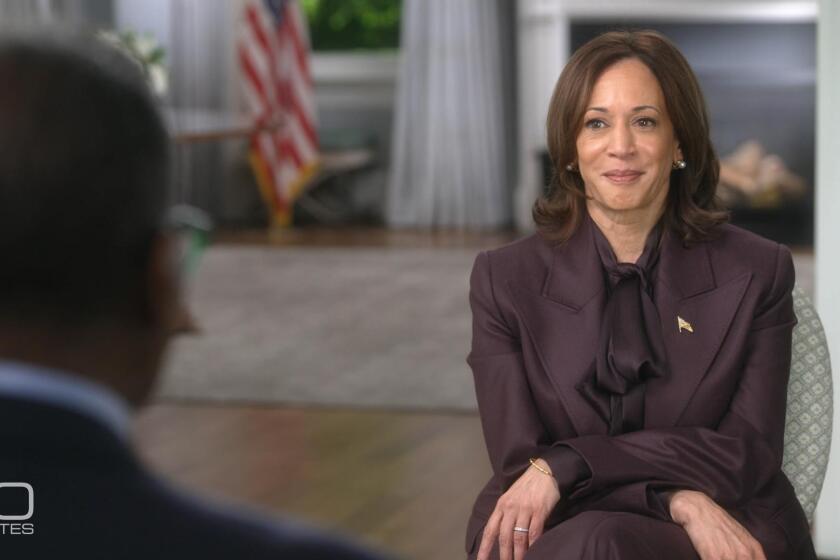Conferex Gets Funds for Video Phone Project
- Share via
Conferex Corp., an 18-month-old Santa Ana company, has received $4.5 million in venture capital financing to cover the manufacturing of its new audio-visual business communications systems.
The company is introducing its so-called teleconferencing product at a time when analysts expect that segment of the business communications industry to begin its long-predicted surge.
Financing for the manufacturing phase, the second round of venture capital Conferex has received, was provided by five investor groups led by J. H. Whitney and Co. in New York.
Combined with the $1.2 million provided by Whitney 18 months ago, Conferex has received a total of $6.7 million to finance its initial operations.
In exchange, the company’s original owners have relinquished more than 50% of the firm to their backers.
George Canova, Conferex’s founder, president and chief executive, said the latest cash infusion will allow the company to begin manufacturing the audio-visual communications systems it has been developing for the last 1 1/2 years. The systems, designed for large- and medium-sized businesses and scheduled to be formally unveiled in September, are expected to sell for less than $100,000.
The systems allow users in two separate locations to view and edit video-displayed documents as well as talk about what they are doing. Canova said typical users would include teams of engineers conferring about design specifications, advertising executives discussing a proposed campaign or personnel managers conducting a training session.
Hopes for the teleconference industry have been running high for the last 20 years following American Telephone and Telegraph’s unveiling of the “Picturephone” at the 1964 New York World’s Fair.
However, the device, which captured the nation’s imagination by offering phone users the opportunity to see the person on the other end of the line, never caught on. After languishing for a decade or more as a technology in search of an application, video telephoning resurfaced about five years ago as “teleconferencing.”
Although the industry enjoyed sales last year of $279 million, nearly half was spent for equipment and services offering only multiuser talking capabilities, such as conference-calling telephone systems, according to the Center for Interactive Programs at the University of Wisconsin.
But Chris Olgren, associate director of the Madison, Wis.-based center, said that by 1990, audio-only systems will account for just 13% of a market expected to grow 13 times to $3.7 billion.



